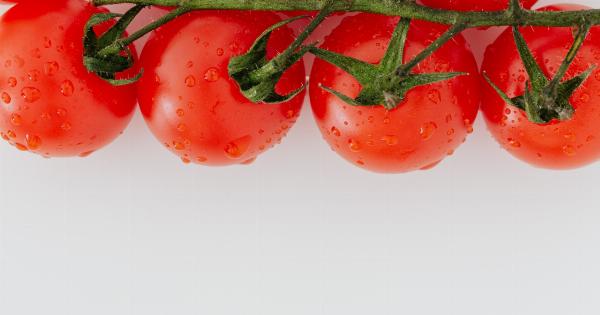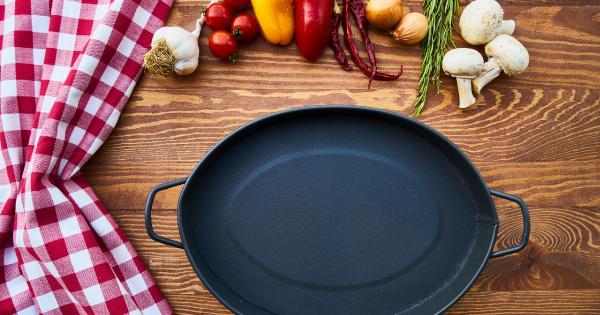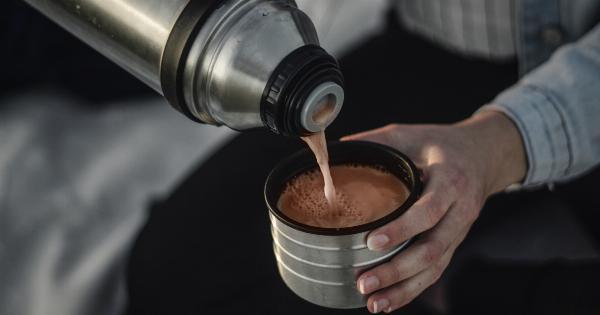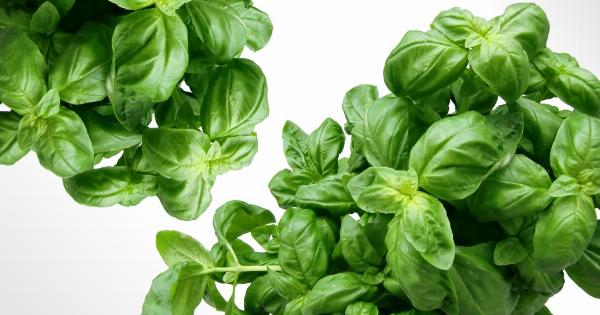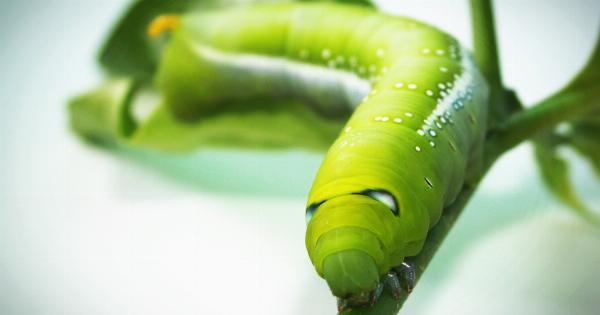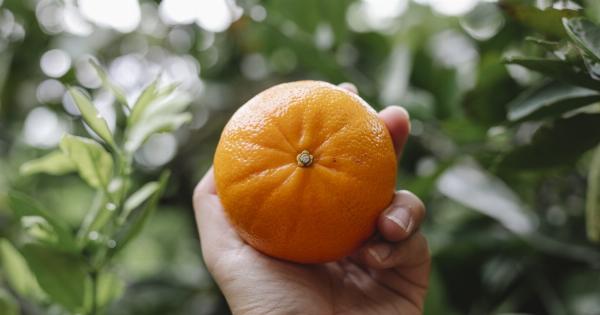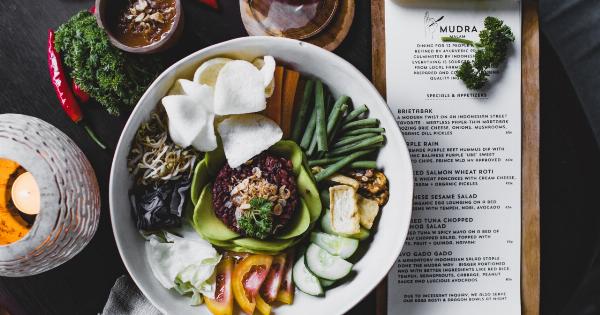Iron is a vital mineral that is essential for the human body. It is responsible for carrying oxygen in the blood, supporting the immune system, and aiding in the production of energy.
As a plant-based eater, you may be wondering how to obtain adequate amounts of iron without consuming red meat or animal products.
Fortunately, there are plenty of plant-based foods that are high in iron. Here are 30 options to consider:.
1. Lentils
Lentils are a great source of iron and are versatile in recipes such as soups, stews, or salads. A half-cup serving of cooked lentils can provide up to 3.3 mg of iron.
2. Tofu
Tofu is often fortified with iron. It is a versatile food that can be used in savory or sweet dishes. A half-cup serving of cooked tofu can provide up to 3.6 mg of iron.
3. Pumpkin seeds
A small handful of pumpkin seeds can be eaten as a snack or added to meals. It provides a good source of iron with up to 4.2 mg of iron per ¼ cup serving.
4. Black Beans
Black beans can be used in many dishes such as soups, stews, and bean burgers. A half-cup serving of cooked black beans can provide up to 1.8 mg of iron.
5. Spinach
Spinach is a leafy green with high iron content. It can be enjoyed raw in salads or cooked in dishes like omelets, stir-fries, or casseroles. A half-cup serving of cooked spinach provides up to 3.2 mg of iron.
6. Chickpeas
Chickpeas or garbanzo beans are tasty in hummus, salads, or curries. A half-cup serving of cooked chickpeas provides up to 2.4 mg of iron.
7. Quinoa
Quinoa is a gluten-free grain that is great as a side dish or mixed in a salad. A cooked cup of quinoa provides up to 2.8 mg of iron.
8. Edamame
Edamame is a good iron source that is easy to eat as a snack or added to a stir-fry or salad. One-cup serving of cooked edamame provides up to 2.1 mg of iron.
9. Whole wheat pasta
Whole wheat pasta can be served with a variety of sauces. It is a source of iron, with up to 1.5 mg of iron per cooked cup.
10. Kidney beans
Kidney beans can be used in many dishes such as chili or bean burgers. They provide a good source of iron, with up to 2.6 mg of iron per half-cup serving of cooked beans.
11. Cashews
Cashews can be enjoyed raw as a snack or added to stir-fries, or curry. A quarter cup of cashews provides up to 2.1 mg of iron.
12. Tempeh
Tempeh is a fermented soy product that is high in iron and protein. It can be grilled, sautéed, or added to salads. A half-cup serving of cooked tempeh provides up to 2.7 mg of iron.
13. Raisins
Raisins can be eaten as a snack or added to oatmeal or salads. A quarter cup of raisins provides up to 0.8 mg of iron.
14. Sunflower seeds
Sunflower seeds can be used as a snack or added to salads or stir-fries. A quarter cup of sunflower seeds provides up to 1.3 mg of iron.
15. Soybeans
Soybeans can be used in many dishes like tofu or tempeh. Half-cup serving of cooked soybeans provides up to 4.4 mg of iron.
16. Broccoli
Broccoli is a nutritious vegetable that can be eaten raw or cooked in variety of dishes. Half-cup serving of cooked broccoli provides up to 0.5 mg of iron.
17. Amaranth
Amaranth is a great grain option that can be eaten as a porridge or added to baked goods. It is an iron source, with one cooked cup providing up to 5.2 mg of iron.
18. Figs
Figs can be eaten fresh or dried and added to trail mix or oatmeal. A half-cup serving of dried figs provides up to 1.5 mg of iron.
19. Beet greens
Beet greens are often overlooked, but they make a great side dish and can be added to soups and salads. A half-cup serving of cooked beet green provides up to 0.8 mg of iron.
20. Tahini
Tahini is a paste made from ground sesame seeds. It is delicious as a dressing, dip, or spread. A quarter cup of tahini provides up to 2.7 mg of iron.
21. Molasses
Molasses is a sweetener that can be added to baked goods or oatmeal. A single tablespoon of blackstrap molasses provides up to 1 mg of iron.
22. Swiss chard
Swiss chard is a nutritious and flavorful leafy green that can be cooked in variety of dishes. A half-cup serving of cooked Swiss chard provides up to 1 mg of iron.
23. Hazelnuts
Hazelnuts are a tasty nut that can be eaten raw or added to desserts or salads. A quarter cup of hazelnuts provides up to 1.3 mg of iron.
24. Olives
Olives can be eaten as a snack or added to dishes like pizzas or salads. A quarter cup of olives provides up to 0.2 mg of iron.
25. Sweet Potato
Sweet Potatoes can be baked or grilled and make a delicious side dish. A medium-size sweet potato provides up to 0.7 mg of iron.
26. Prunes
Prunes can be eaten as a snack or added to oatmeal or trail mix. Half-cup serving of prunes provides up to 0.8 mg of iron.
27. Mustard greens
Mustard greens are rich in iron and can be added to soups or stews. A half-cup serving of cooked mustard greens provides up to 0.7 mg of iron.
28. Sesame seeds
Sesame seeds can be used as a seasoning or added to baked goods. A quarter cup of sesame seeds provides up to 2.7 mg of iron.
29. Cinnamon
Cinnamon is a spice that can be added to baked goods, smoothies, or oatmeal. One teaspoon of cinnamon provides up to 0.5 mg of iron.
30. Green peas
Green peas are a great source of protein and iron. They can be eaten raw or cooked in a variety of dishes. A half-cup serving of cooked green peas provides up to 0.9 mg of iron.
Conclusion
Incorporating a variety of plant-based foods into your diet can help you obtain an adequate amount of iron.
However, it’s important to note that iron absorption can be improved by pairing iron-rich foods with sources of vitamin C, avoiding certain foods that can inhibit iron uptake, and avoiding consuming calcium and caffeinated drinks with meals. Consult with a healthcare professional if you have a history of iron deficiency or have concerns about your nutrient intake.









